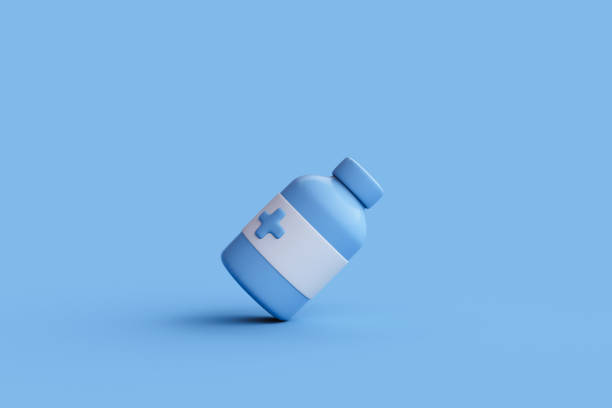Article published by the Swedish ToothHealth Foundation (Tandhälsoförbundet) that swedish research had found a way to combat antibiotic resistance:
Antibiotic resistance is a growing problem. But, in laboratory experiments, researchers from Chalmers have now shown that antibiotics can help kill even resistant bacteria. This if the treatment is combined with a special gel containing peptides.
For a number of years, researchers at Chalmers University of Technology have studied a new material. This could be an effective complement to antibiotic treatment, writes forskning.se. The material consists of a specially designed hydrogel that contains peptides, a type of molecules which are the building blocks of proteins. This gel was found to be able to kill many different types of bacteria, even the antibiotic resistant ones.
In order for the peptide gel to be used in combination with antibiotic treatment, the researchers have had to ensure that the material does not negatively affect the antibiotic.
Now a study has shown surprisingly positive results, say the researchers. It has been shown that the antibiotic became more effective together with the material. The combination also enhanced the effect against certain resistant bacteria. This has not been seen before.
- When particles of the hydrogel came into close contact with the bacteria, they weakened and became more susceptible to the antibiotic treatment. In some cases, the antibiotic regained its effect against bacteria that had previously been resistant, says Annija Stepulane, PhD student in applied chemistry at Chalmers.
Researchers have previously tried to use antimicrobial peptides together with antibiotics, but then only in the form of a solution. In this form, the peptides become very sensitive. They stop working when they come into contact with body fluids, such as blood. When the peptides, on the other hand, are bound to a hydrogel, they become significantly more stable and can be active longer.
The Chalmers researchers see many advantages with the material. With the hydrogel, they have been able to measure bactericidal activity for several days, compared to a few hours in solution.
- The new peptide-based material can be applied locally, i.e. to a limited part of the body so that the whole body is not affected. The material is non-toxic and produces no unwanted side effects, says Martin Andersson, research leader and professor of applied chemistry at Chalmers.
The researchers state that the hydrogel, which could also be used in the form of a spray, has the potential to increase both safety and effectiveness when patients receive an antibiotic regimen. Examples that can be mentioned are in the treatment of wounds and to prevent wound infections.
- You often don't know if the bacteria that caused a wound infection is resistant to a certain antibiotic when you start treatment. If the peptide material is used on the wound at the same time, the probability that the type of antibiotic will work against the bacteria increases. Then you have the opportunity to cure the infection without having to use additional types of antibiotics, says Martin Andersson.
- The material could be used in that way both in healthcare, for example after operations, a possibility that already exists for veterinary care in some countries, and in the home environment. It could work like a normal patch, especially if you are worried about infections, continues Martin Andersson.
Antimicrobial peptides occur naturally in our bodies and their good bactericidal properties have been known for a long time. The bacterial cells die because the peptides damage their cell membranes.
So-called synergistic effects between peptides and antibiotics have been shown before, but then it was about free peptides in solution. However, it has been difficult to make them work for clinical use because free peptides break down quickly. The current study is the first to show an effect even when the peptides are bound to a material.
The Chalmers researchers have previously shown that the peptide material itself kills 99.99 percent of bacteria on undamaged skin and that it also retains its bactericidal ability for over two days. This means that the material could be used in many different products, for example in wound care materials and surface coatings on medical devices that are introduced into the body, say the researchers.
The study in ScienceDirect: Antibacterial efficacy of antimicrobial peptide-functionalized hydrogel particles combined with vancomycin and oxacillin antibiotics




